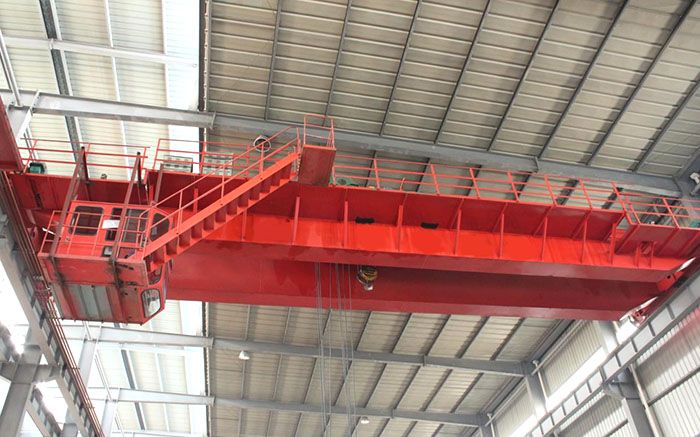
For electric single-girder cranes, its operation is inseparable from the application of any accessory. Take the sliding wire as an example, without its current transmission, the equipment is difficult to operate. Since the contact and sliding lines used in different occasions are different, today we will introduce the use of various contact and sliding lines on electric single-girder cranes in detail.
1. One-touch sliding line
The single energy-saving combined trolley line is the most widely used bridge crane trolley line in the market. The conductor material is professional conductive aluminum or red copper, among which the aluminum trolley wire has a high market share. Its products have good electrical conductivity, high cost performance, reliability, combined design for easy installation and maintenance, and a wide range of applications, which can be applied to indoor and outdoor environments. The current range is available from 200A-2000A, which can meet the needs of different equipment for products.
2. Tubular contact slip line
The tubular trolley wire has the conductor embedded in the PVC casing, which is convenient and simple to install. It uses red copper as the trolley wire conductor of the bridge crane, which has good electrical conductivity, but is limited by the inner groove of the casing, and is mostly suitable for small power mobile equipment.
3. High temperature rigid body touch slip line
The high temperature rigid body crane contact slip line is composed of copper conductors and steel structure skeleton or aluminum profiles. It has high mechanical strength and good rigidity, and can withstand large impact currents. Using copper as conductors, it can carry currents above 3000A. Rigid-body bridge cranes There is no casing for the protection of the sliding wire, the heat dissipation area is large, the temperature rise is low, and the service life is long. Due to the special material, it can be used in high temperature, high pressure, high humidity, strong corrosion and dusty environments, such as steelmaking, metallurgy, chemical industry, dock and other industries.






